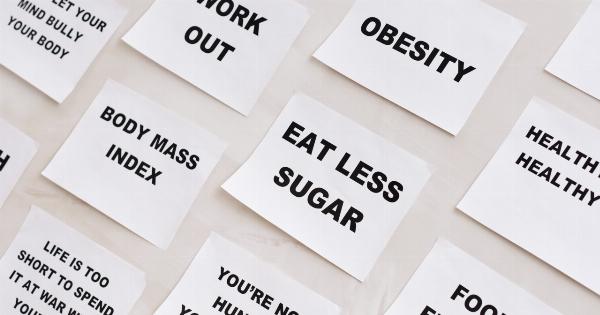Eating is a basic human need, and we all have our preferred way of consuming food. Some people enjoy sitting down at a table, while others prefer eating on the go.
You might be wondering: does food hurt while standing? In this article, we will explore different eating techniques and discuss the possibility of discomfort while eating in an upright position.
1. Sitting Down to Eat
Sitting down to eat is the traditional way of enjoying a meal. It allows us to focus on our food, savor the flavors, and engage in conversations with others.
When we sit down, our bodies are relaxed, and our posture is stable, which provides optimal conditions for digestion.
While seated, we can use tables and utensils to make the eating process more convenient. Plates and bowls are placed at the appropriate height, ensuring that we don’t strain our bodies while reaching for the food.
Using proper utensils also allows for efficient and comfortable eating, reducing the risk of discomfort.
2. Eating on the Go
In our fast-paced world, eating on the go has become increasingly common. Whether it’s grabbing a quick bite during lunch breaks or eating while commuting, many people choose to consume their meals while standing or walking.
While this method is convenient for those with busy schedules, it may come with its set of challenges.
Eating while standing requires balance and coordination to prevent spills and accidents. Additionally, the body is not in an ideal position for digestion.
When we stand, our muscles are engaged and working to maintain our balance, which can redirect blood flow away from the digestive system. This might lead to discomfort, such as bloating or indigestion.
3. The Impact of Posture
Your eating posture plays a crucial role in determining whether food hurts while standing. If you maintain a slouched or hunched posture while eating, it can compress your digestive organs, leading to discomfort.
Conversely, standing with proper alignment, such as maintaining an upright posture with your shoulders back, can alleviate pressure on the digestive system.
It’s important to be mindful of your posture, even when eating on the go. This means avoiding slumping or leaning forward excessively. Instead, try to maintain an erect position to ensure optimal digestion and minimize the likelihood of discomfort.
4. Optimal Eating Techniques while Standing
If you find yourself needing to eat while standing, there are several techniques you can adopt to minimize the risk of discomfort:.
a) Choose the Right Foods
Opt for easily digestible foods that don’t put excessive strain on your digestive system. Avoid greasy or heavy items that might exacerbate discomfort while standing.
b) Eat Mindfully
Take your time to chew your food thoroughly. This aids digestion as it breaks down food particles into smaller, more manageable pieces.
Eating mindfully also allows you to assess your body’s response to the food and identify any potential discomfort early on.
c) Take Breaks
If possible, find a place to sit and rest while enjoying your meal. Taking short breaks during your standing meal can alleviate pressure on your digestive system and provide a moment of relaxation.
d) Maintain Good Posture
As mentioned earlier, maintaining good posture is vital. Stand upright with your shoulders back and avoid slumping or leaning forward. This will promote proper digestion and reduce the risk of discomfort.
e) Stay Hydrated
Drinking enough water throughout the day is essential for overall health and digestion. Ensuring you are well hydrated while eating, especially when standing, can facilitate the digestive process and reduce the likelihood of discomfort.
f) Listen to Your Body
Every individual’s digestive system is unique, and you know your own body best. Pay attention to any signs of discomfort or distress while eating on your feet.
If you consistently experience discomfort, it might be worth considering alternative eating arrangements.
5. Conclusion
Eating habits vary from person to person, and there is no one-size-fits-all approach. While sitting down to eat is generally considered the most comfortable and optimal way for digestion, there are ways to minimize discomfort while eating on the go.
If you need to eat while standing, paying attention to your eating techniques, maintaining good posture, and choosing easily digestible foods can help reduce the risk of discomfort.
Nevertheless, it is essential to tune in to your body’s signals and make adjustments accordingly to ensure a pleasant and pain-free eating experience.






























